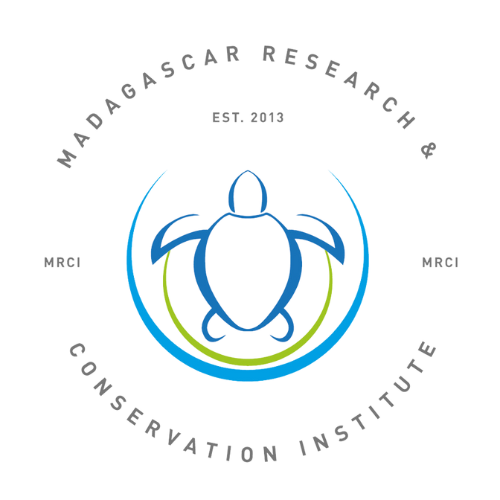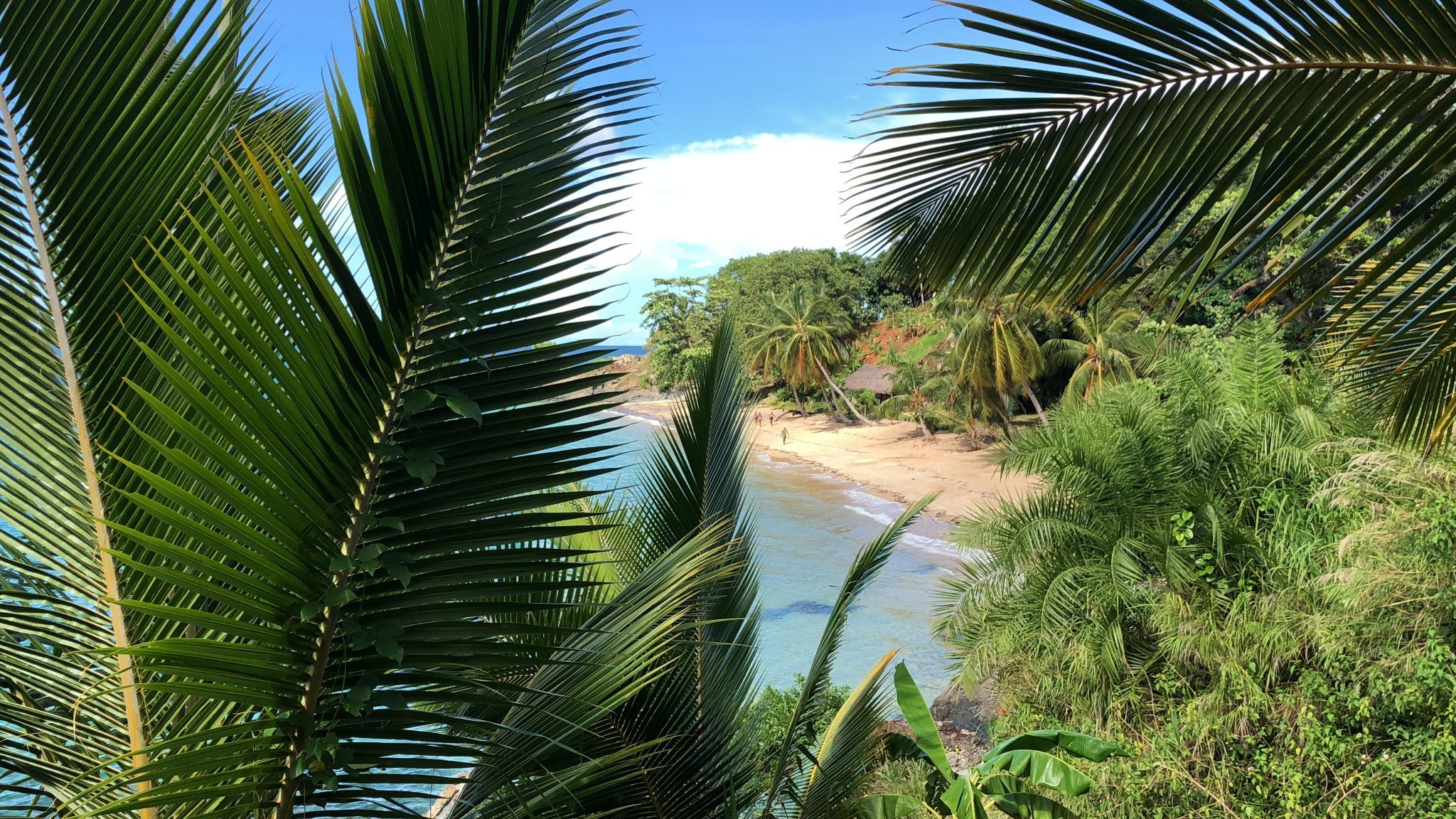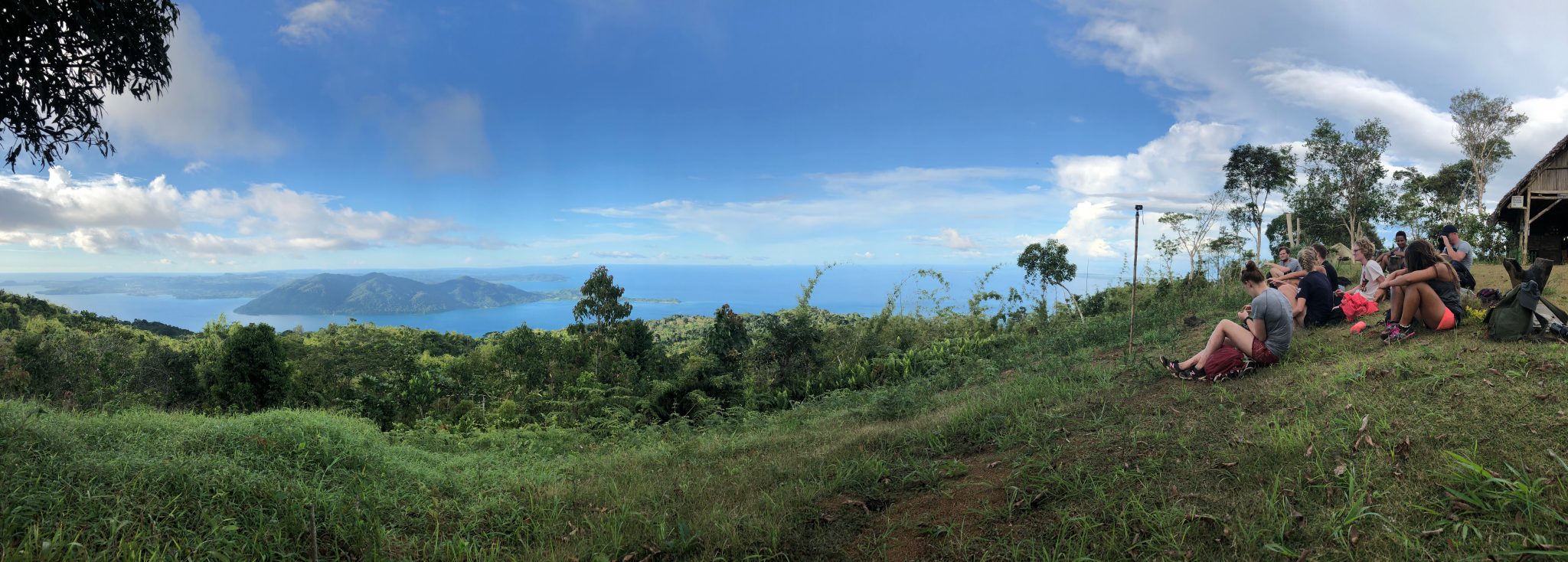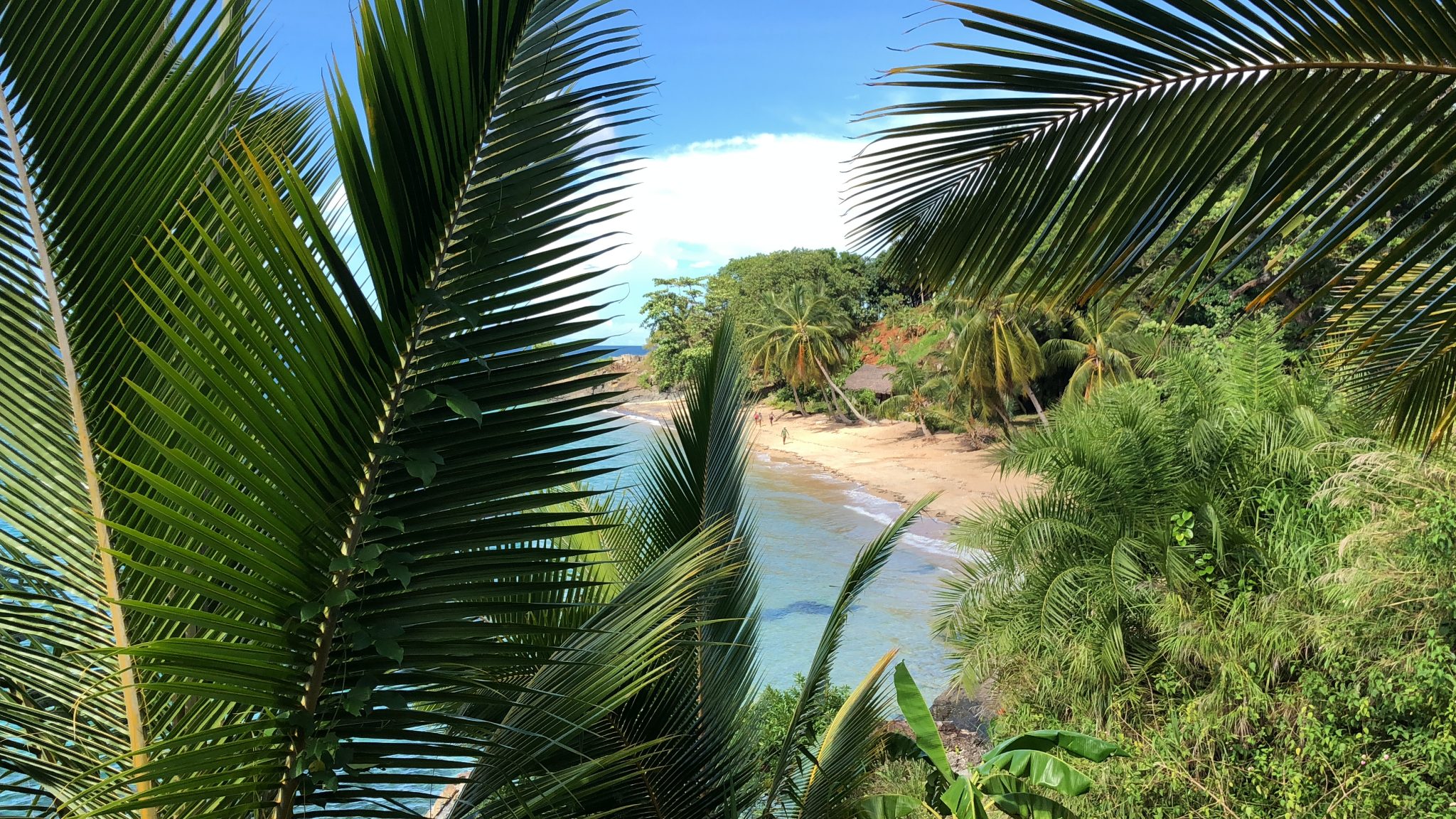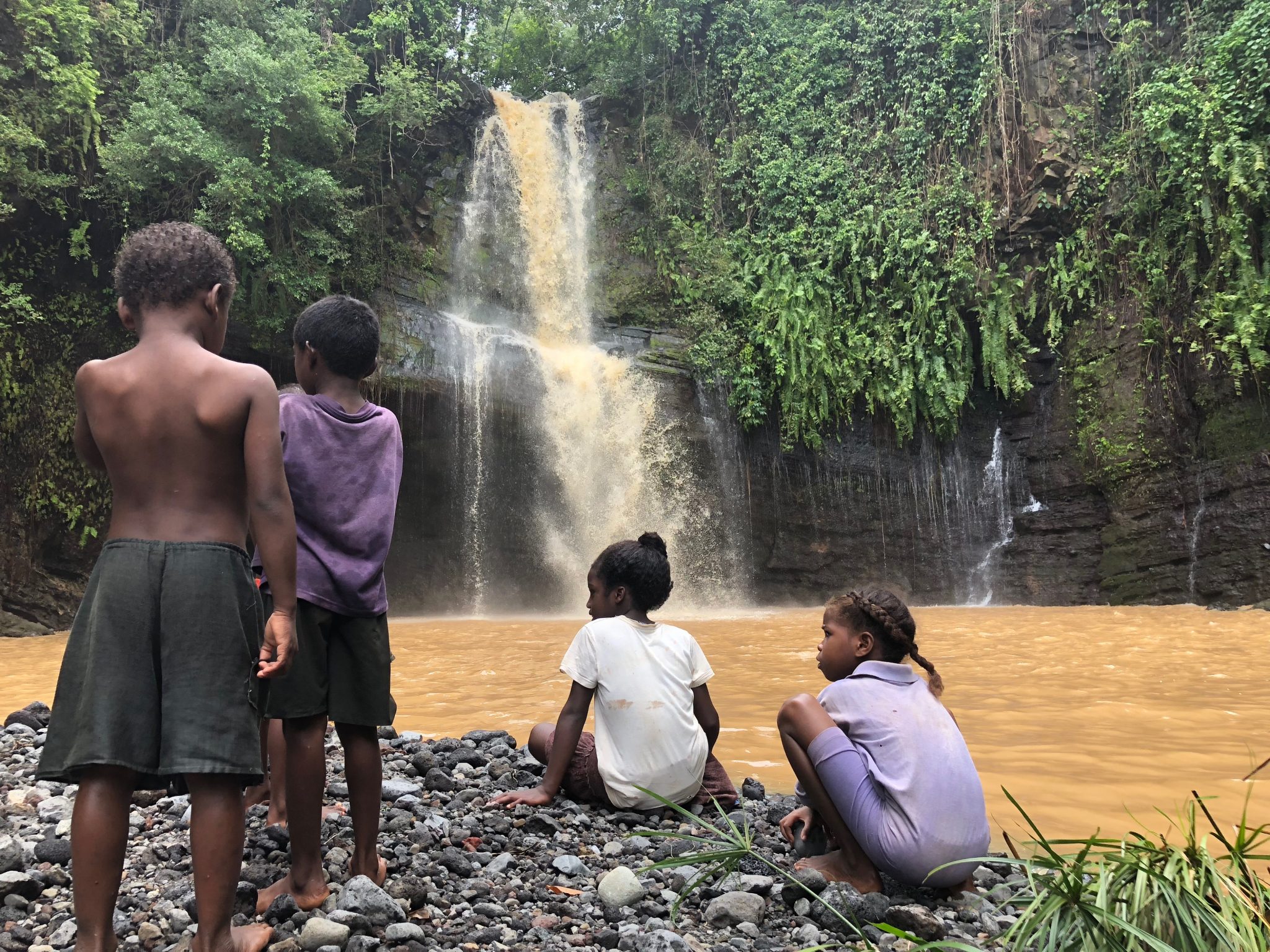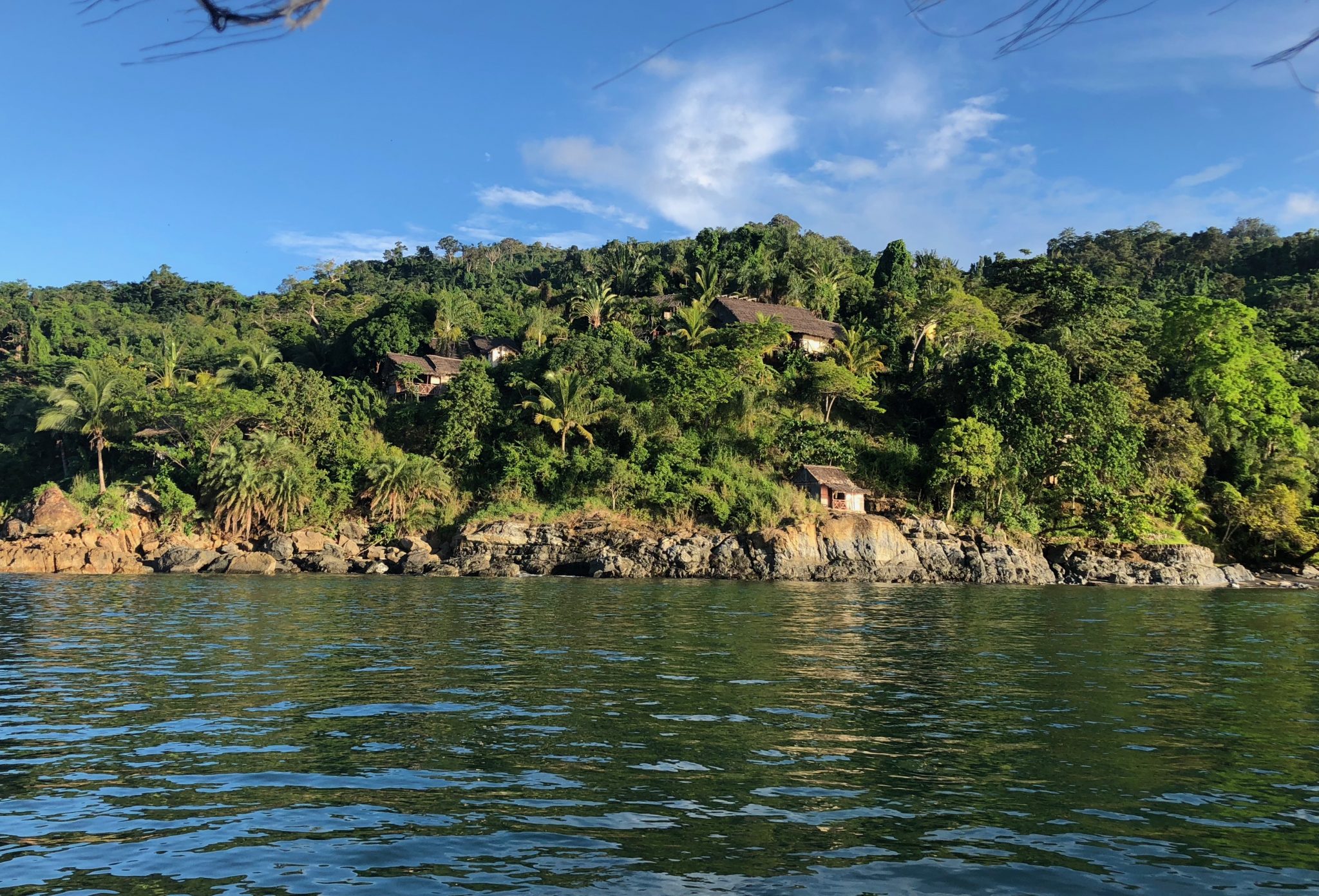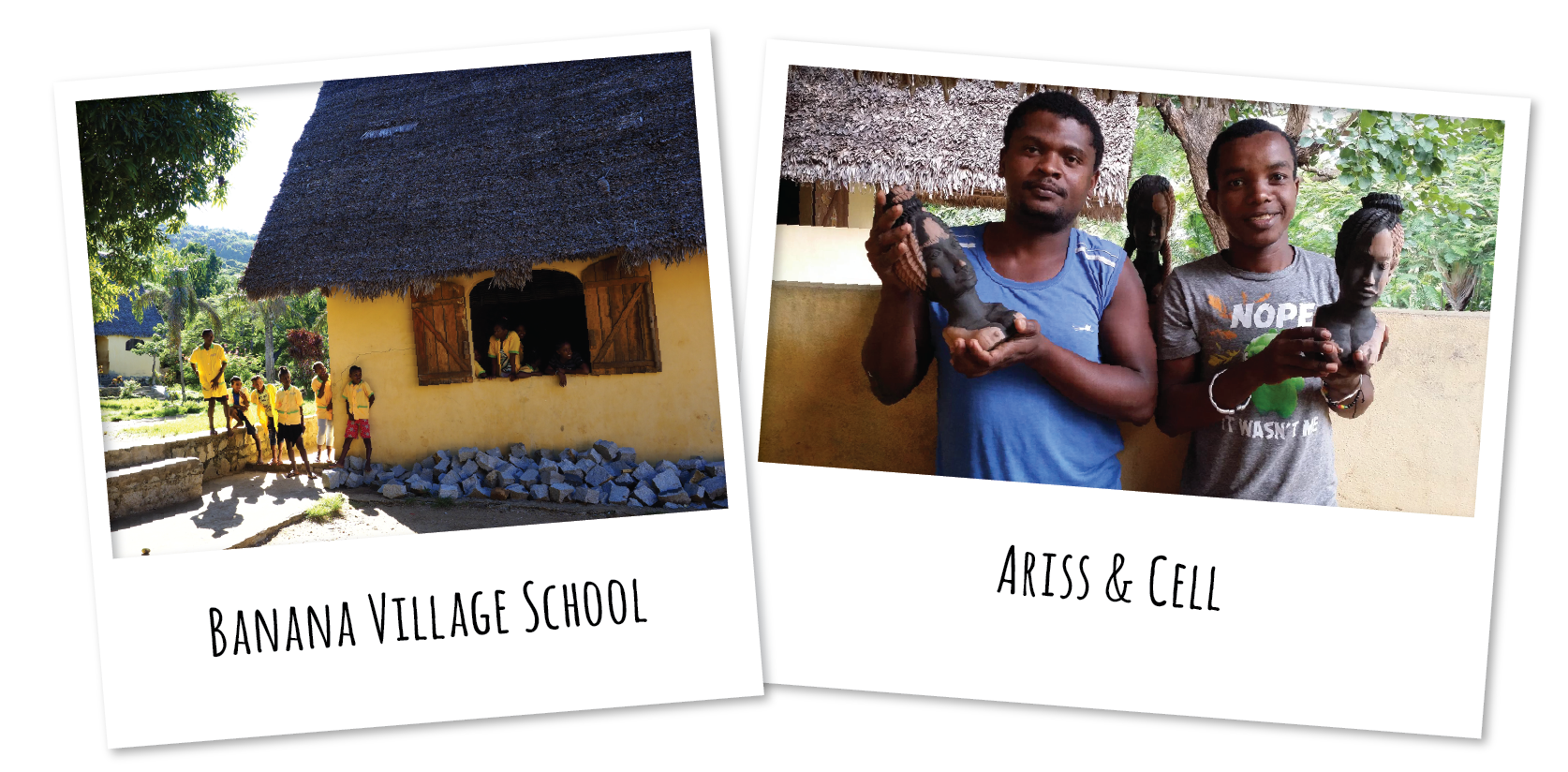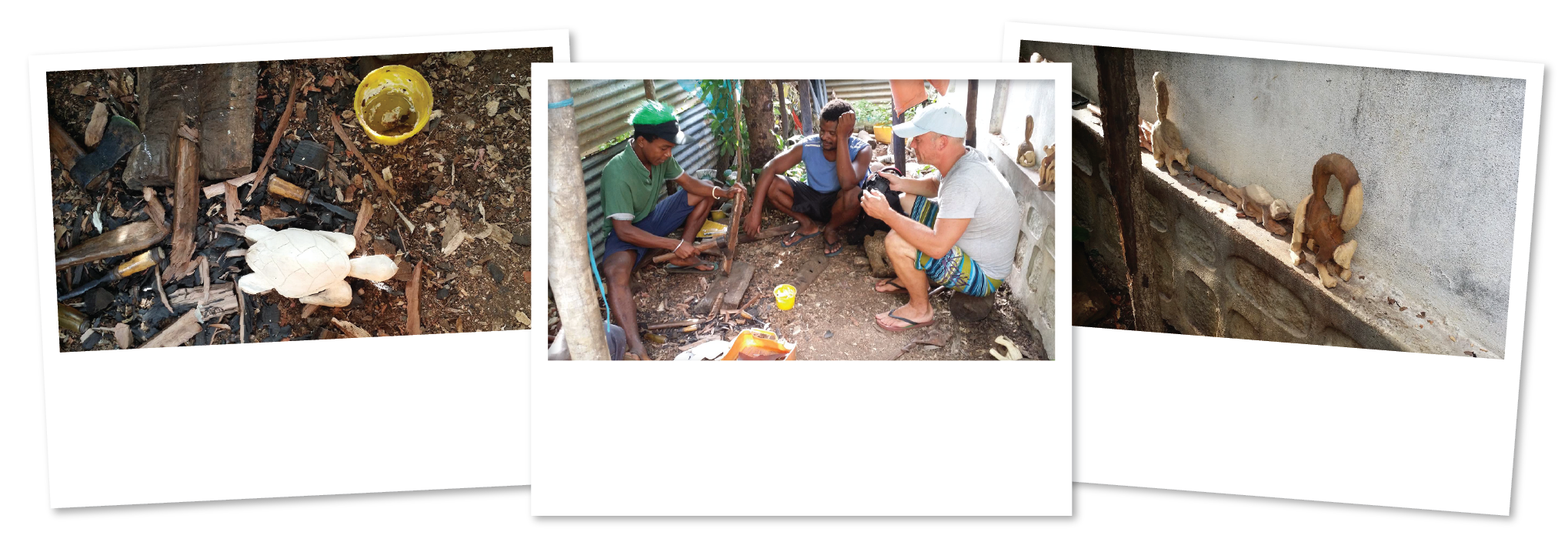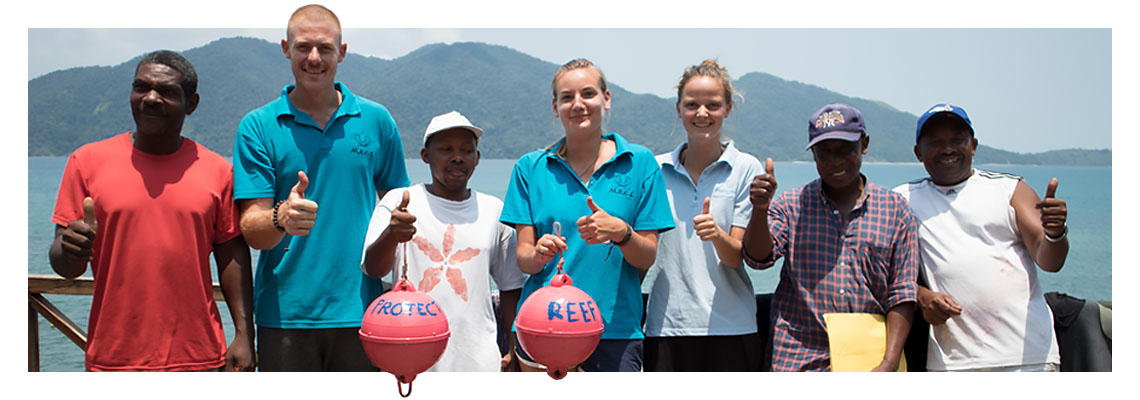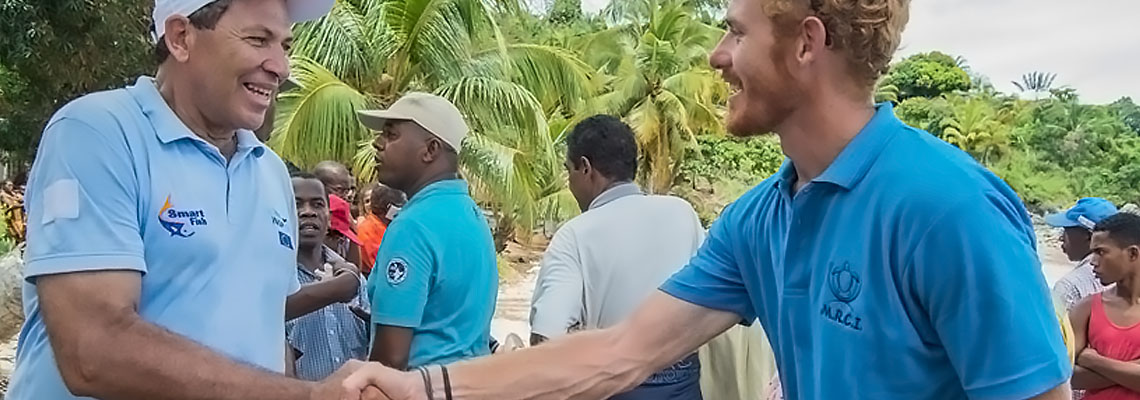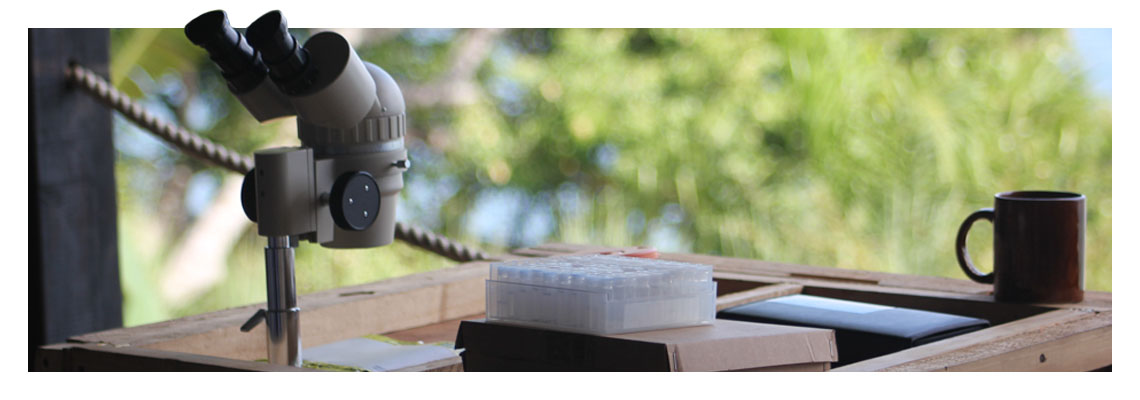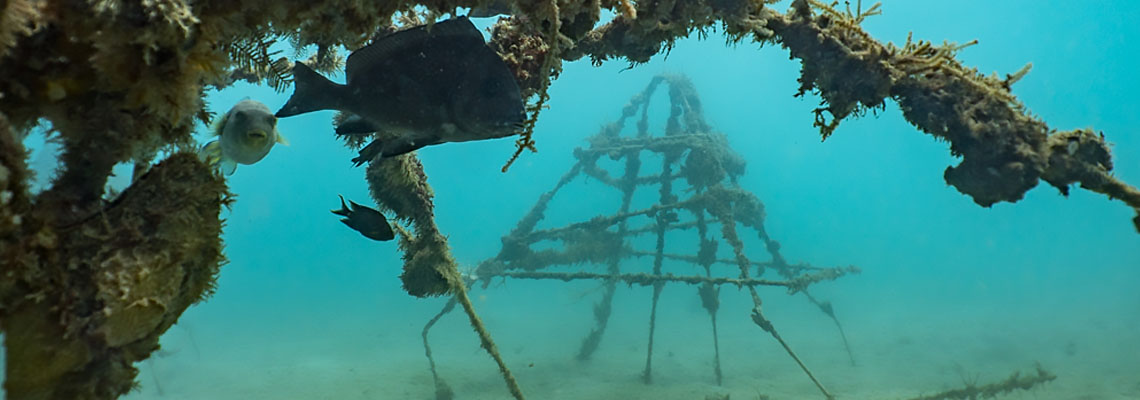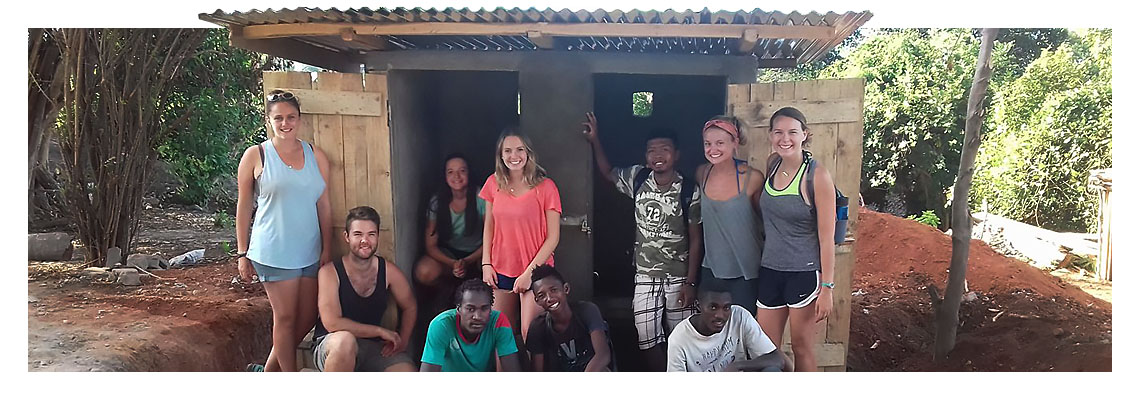Experience English Teaching in Madagascar
Author: Michaela Ondríková, Teaching Volunteer
Experience of a Lifetime
The time I spent in Madagascar were 3 incredible weeks. Why? Shortly, changing a perspective by going out of a bubble, allows you see the things, you didn’t see before. Not just like a phrase. Living the local life is totally different than to be closed in one of big hotel resorts. And watching children playing on the beach from small boat differs from the feeling when you know each other’s names.
I mean for me the highlight of the “island life” was the moment when I came to the village and children were shouting my name. I spent few weeks in small island, Nosy Komba, in the north of Madagascar. Changing life experience? My life is the same but with a different point of view. There are many things that influence you when you are in so unknown part of the world. Going alone to this experience made me more open-minded. And of course, it’s pretty cool to know people from all over the world. It could be another chapter about people in the camp with their life stories and experiences.
My part of this story started one day, while sitting in my room, searching for an opportunity of volunteering abroad. I decided for Madagascar. Or probably it was the beating of my heart when I imagined myself in fairy tale of Madagascar, that decided for me. Ok, my thoughts are sometimes out of reality. But I like the moment when it becomes real. This time it was stunning! To find few free weeks wasn’t such a big deal, with my winter break of study, as the fact that I realized after booking my flight, that it’s rainy season there. Great, Mishka! Prepared for the cyclones, storms and rains, with bags full of waterproof everything and few shorts -in any case, I boarded the plane.
After landing in the middle of the new world, there was a good and a bad new. All my waterproof stuff, few really important things (as sleeping bag, some medicals etc.), and tones of donations were stuck on the other side of planet. Well done, life. Welcome to Madagascar. The good one was that the three weeks I spent there were sometimes in between of two big cyclones. So, the shorts and t-shirts were quite useful even if while packing them back in Slovakia, during -15 degrees, it felt little bit weird.
Teaching that children and people from community, was just experience I wish to everybody. An English class with 40 children, without bigger previous experience with teaching. Firstly, it scared me a bit. Than local English teachers showed me the villages, schools, introduced me and made it much better. With their willing to help me and show me everything needed, it became a pleasure. And lessons with children was time of “English games”. Although planning lessons and walking to village and back was exhausting, the moment when I step to the room full of smiling children, expecting what are we going to do, made me forget the fact that I am all wet, pink (partly red), their activity and life, just didn’t let me passive. After all, what could a class of 40 children, not wild just a little bit noisy, not restless but active, give you? Of course, just positivity, energy and joy!
With the youngest it was funny, when I tried to draw them really simple and clear pictures. But my candies became fish and chocolate a mobile-phone. Never mind, at least I know what should I get better in.
Most of the volunteers came to Nosy Komba alone, as I did. However, I felt never lonely. Everyone there was so friendly. They just became your family for few weeks. The closest people you have in that time. Even if in few days you are thousand miles far away, friendships remain. And memories from together local trips, as well.
I could describe every day differently because it was so different. Even walking to nearest village for teaching changed according to the sea tides. In the beginning their life style “mora-mora” (slowly, slowly) was quite strange for me. However, later I realized that it’s actually important to share what time we do have with others.
Getting to know the culture and life just started and I had to already leave. Maybe it’s too cliché, but yes, I brought a bit of Madagascar back home with me. As memories for clear blue ocean, forest with all colors, joyful and helpful people, smiles of children, new friendships – Emotions I am not able to describe…
Now, I am really thankful for this “unknown journey”, that became more familiar than I could ever imagine.
Learn More about our English Teaching Program!
